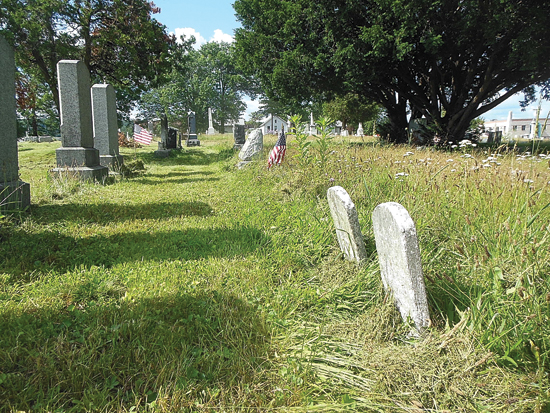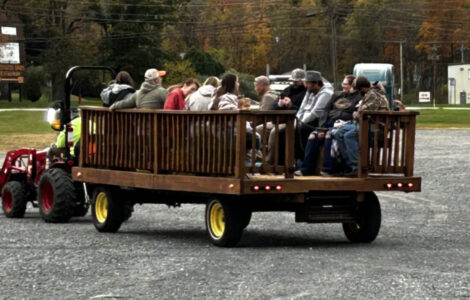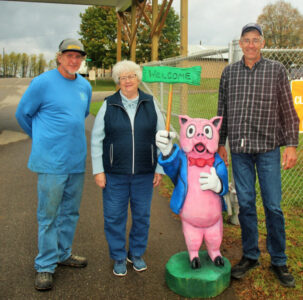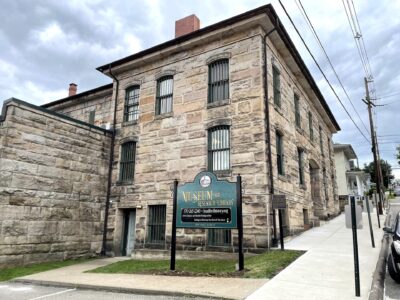Talk at museum to examine changing views of death

SUN-GAZETTE FILE PHOTOS Gravestones in lines at Williamsport Cemetery on Washington Boulevard. A lecture at the Thomas T. Taber Museum will discuss the significance of gravestone design.
The Thomas T. Taber Museum of the Lycoming County Historical Society will host a lecture by Dr. Jonathan Scholnick titled “What can we learn from changing artifact style? Investigating religious attitudes about death using eighteenth-century New England gravestones.”
The lecture, at 10 a.m. Oct. 12, will be held in the Community Room of the Taber Museum and is free and open to the public. Light refreshments will be served.
“The ways that people treat their dead indicates their ideas about the supernatural and allays their emotions about death,” Scholnick says, according to a news release from the museum. “The eighteenth century was a dynamic period of religious change, particularly in New England, as the Calvinistic influence of the Puritan settlers waned and new denominations emerged. This was also a time of rapidly changing funerary ritual, when the inscriptions on grave markers shifted from emphases on marking the remains of the person buried, to commemorating them, and gravestone motifs became more diverse. This study examines the ways that religious attitudes towards death change, using a database of texts and decorative attributes inscribed on eighteenth-century New England gravestones. Some argue that changes in grave marker decorations, epitaphs, and inscriptions reflect ideological changes, while others argue these changes reflect social changes. Specifically, this study examines spread of novel decorative and linguistic elements found on gravestones during this period. Not only do the textual shifts in gravestone inscription enable us to characterize the diffusion of religious ideas, the linkage between decorative imagery and religious ideas informs theories about the archaeology of religion.”
Scholnick is a visiting assistant professor in the Department of Sociology and Anthropology at Bucknell University. He discovered archaeology while growing up in Williamsburg, Virginia, through frequent visits to Jamestown Island and daily bike rides to school, which was located adjacent to the Governor’s Palace in Colonial Williamsburg. He pursued a degree in anthropology at the University of Virginia in Charlottesville, where he studied both Southwestern archaeology and historical archaeology. After graduating, he spent two years working in the Archaeology Department at Thomas Jefferson’s Monticello, studying the archaeology of enslaved people who lived and labored on the plantation.
After Monticello, he moved to Tucson to pursue a Ph.D. in archaeology at the University of Arizona, focusing on Southwestern archaeology for his M.A. degree and historic gravestones for his doctorate. Following his graduate studies, he was a postdoctoral fellow at both Simon Fraser University in Canada and the University of California, Davis.
The museum, at 858 W. Fourth St., has ample parking behind the building as well as on the street. For further information about the museum, please visit its website at www.tabermuseum.org or call 570-326-3326.



